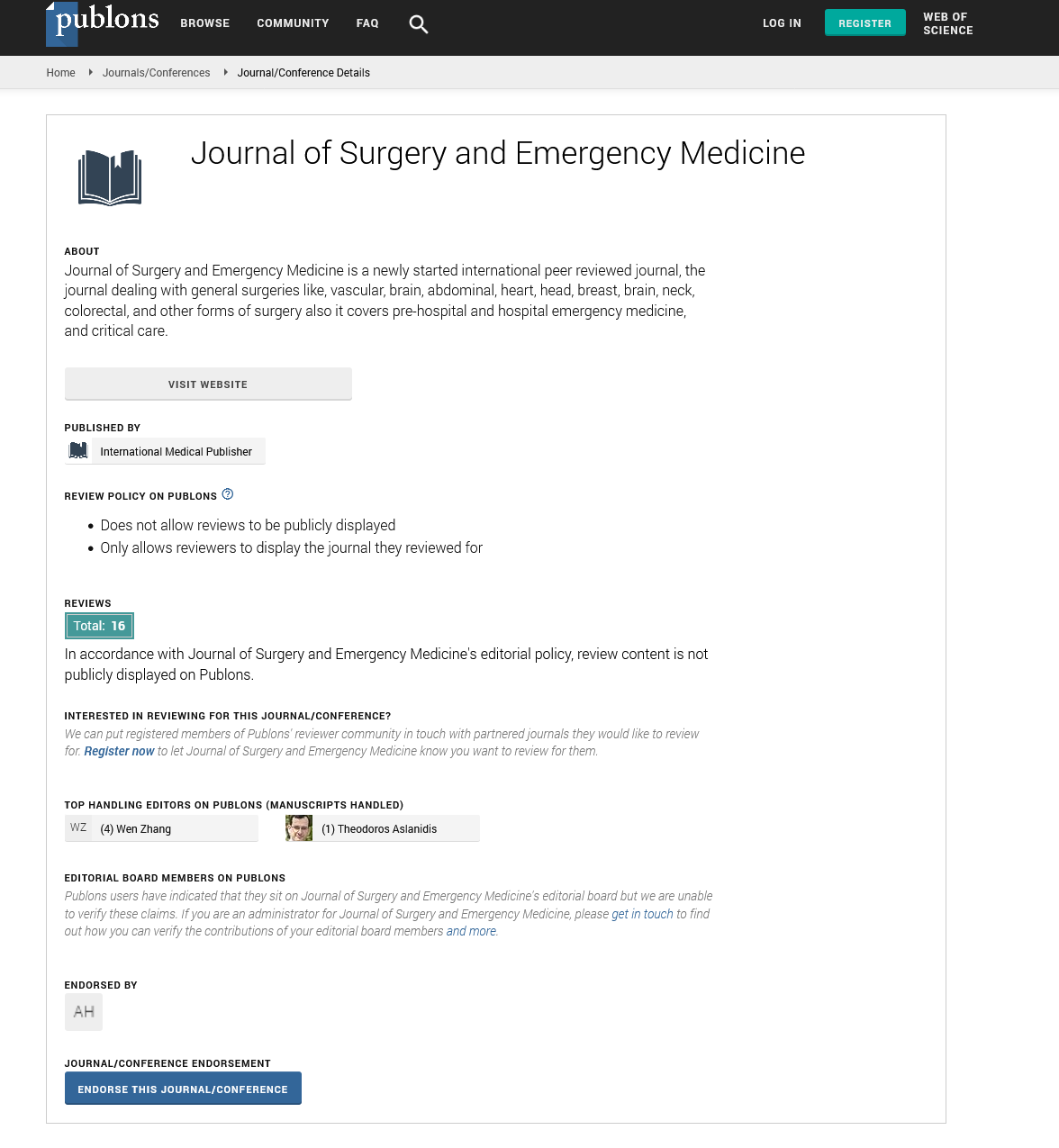Abstract
Analysis of the Care Provided by a Primary Care Emergency Center (CUAP) to a Terrorist Attack Contiguous to the Area of the Barcelona Attacks
On August 17, 2017, Barcelona suffered a terrorist attack, around 5:00 p.m., where a van ran into hundreds of pedestrians. The Ciutat-Vella Peracamps Primary Care Emergency Center (CUAP), located in the vicinity of the aforementioned attack, generally treats between 70 and 100 patients daily, level III and IV, according to the Spanish Triage System (SET); but that day he also received patients affected by the terrorist attack. The main objective of this study is to determine the profile of the demand and the response of the services provided at the CUAP Ciutat-Vella Peracamps in Barcelona between 5:00 p.m. on August 17, 2017 and 5:00 p.m. on August 18, 2017. Another objective will be to compare the day of the attacks with another random day, prior to August 17, 2017. It is a quantitative, observational and retrospective study. The data was obtained from the computerized clinical record of Nursing and from the Electronic Medical Record of the patients who came within the temporal scope of said study. In the first 24 hours after the attack, CUAP received a total of 70 patients, of which 25 were directly related to the attack. 41.6% of the patients visited were of Spanish nationality, 41.6% belonged to other European countries, while the remaining 16.8% belonged to other continents. Regarding nursing triage levels, 4% were level I (n = 1), 40% were level III (n = 10), and 56% were level IV (n = 14). In the first 24 hours after the attack, there was no greater demand for care, but a higher level of severity. Regarding attendance times, there is no difference with other days either, but it must be considered that the number of health personnel increased, which optimized attendance.
Author(s): Maria Jesus Rodriguez Fernandez
Abstract | PDF
Share This Article
Google Scholar citation report
Citations : 131
Journal of Surgery and Emergency Medicine received 131 citations as per Google Scholar report
Journal of Surgery and Emergency Medicine peer review process verified at publons
Abstracted/Indexed in
- Google Scholar
- Publons
Open Access Journals
- Aquaculture & Veterinary Science
- Chemistry & Chemical Sciences
- Clinical Sciences
- Engineering
- General Science
- Genetics & Molecular Biology
- Health Care & Nursing
- Immunology & Microbiology
- Materials Science
- Mathematics & Physics
- Medical Sciences
- Neurology & Psychiatry
- Oncology & Cancer Science
- Pharmaceutical Sciences
